The last time the world witnessed a total solar eclipse was in 2017, and its presence delighted enthusiastic sky watchers. But what if, instead of a rare phenomena, a total solar eclipse became an everyday thing?
Would you live in complete darkness? When does a total solar eclipse occur? What would happen to the Moon?
A dragon devouring the sun, a giant puma demon, a pair of sky wolves. Throughout history and across cultures, an eclipse has been interpreted as a perplexing or fearful event.
Even the 2017 total eclipse raised claims of impending apocalypse by evangelist groups in the U.S. But what if the next eclipse didn’t end?
In this scenario, we’re talking about a total solar eclipse, which only happens under very specific circumstances.
First, it has to be a New Moon new moon phase. Second, the Moon has to be at its closest position to Earth, also called perigee. And third, the Moon has to be directly in front of the Sun.
This rare planetary alignment would suddenly become a normal occurrence. But don’t worry, you wouldn’t live in the Moon’s shadow all the time.
There are two parts of the Moon’s shadow. The umbra is the dark center, and the penumbra is the outside edge, where only part of the Sun is blocked by the Moon.
The umbra has a diameter of 267 km (166 miles), which is about the size of the state of West Virginia in the U.S.
Because of the Earth’s axis, this large shadow would sweep across different parts of the globe during different seasons.
The rest of the planet would be in the penumbra. You’d still get sunlight, just not as much as you used to, and life would certainly be a little dimmer. Existence on Earth is closely tied to the transition of day to night. A total solar eclipse would disrupt this pattern and wreak havoc on other natural cycles.
Under the umbra, the temperature would drop about 5 degrees Celsius (10 F). Even minimal fluctuations have significant impact.
Temperature changes and lack of sunshine are not great for agriculture, so we would have to get creative with growing our crops in this new cycle of light and dark. We would also see an increase in seasonal affective disorder, or SAD. This subtype of depression occurs during long winter months in high latitudes with lack of sunshine.
You’d probably feel some of the same hopelessness and loss of energy under the Moon’s shadow. Though we’d have to come up with a new diagnosis, maybe eclipse affective disorder?
In a typical total solar eclipse, the umbra moves across the globe from west to east, lasting only about 7.5 minutes. This is because the Moon rotates around the Earth, making a static eclipse impossible.
So the only way we could see a permanent solar eclipse is if the Moon stopped rotating around the Earth. Without its own trajectory, the Moon wouldn’t be able to resist the gravitational pull from Earth, and would eventually destroy us.
If that were the case, then a total eclipse really would be a doomsday warning! Observing a total solar eclipse is a once in a lifetime opportunity. Let’s hope it stays the marvel it is.
Life on Earth relies on the predictable pattern of the Sun and Moon, and we would be in big trouble if our orderly cosmos changed.
Subscribe to What-If on YouTube or follow the show on Facebook Watch.
Sources
- “How & Why Solar Eclipses Happen”. 2016. Solar Eclipse Across America.
- “Brrr! How Much Can Temperatures Drop During A Total Solar Eclipse?”. 2020. space.com. HTML.
- “Terrestrial atmospheric responses on Svalbard to the 20 March 2015 Arctic total solar eclipse under extreme
conditions” 2020. royalsocietypublishing.org. - “Solar Eclipses Change Weather On Earth (Slightly)”. 2012. nationalgeographic.com.
- “The Dangers Of Winter Darkness: Weak Bones, Depression And Heart Trouble”. Handwerk, Brian. 2014. Smithsonian Magazine.
- “Lecture 9: Eclipses Of The Sun & Moon“. 2020. astronomy.ohio-state.edu.
- “Ultraviolet (UV) Radiation And Skin Cancer”. 2020. who.int.


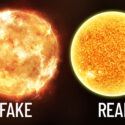








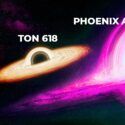
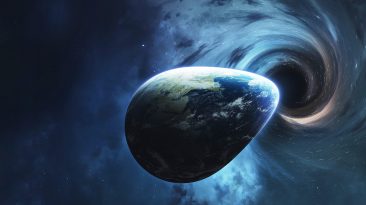
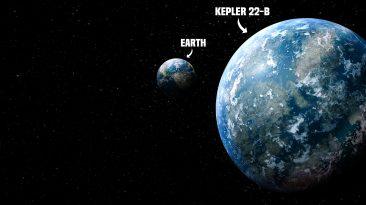
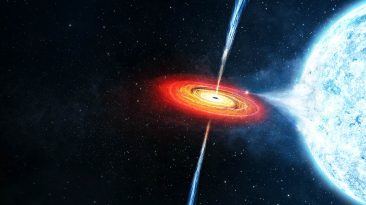
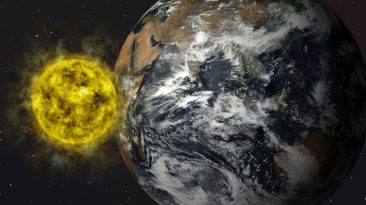
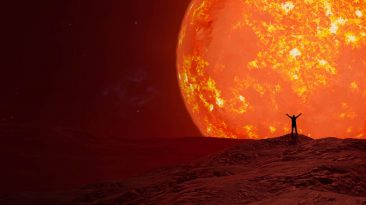
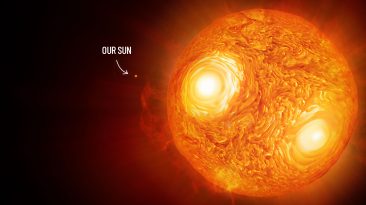



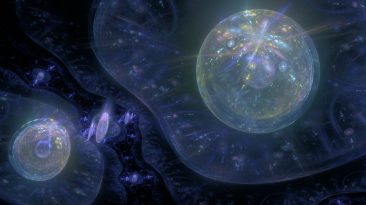






[…] Transcript and sources: https://whatifshow.com/what-if-there-were-a-permanent-solar-eclipse/ […]
Directions: Write 150 Word Count responses to the question above. Remember to include what life would be affected for humans and animals, how would the temperature of Earth change? How would the seasons be affected? How would farming/plant growth be affected?…. and so forth. Because of the earth’s axis, this large shadow would sweep across different parts of the globe during different seasons. The rest of the planet would be in the penumbra. You’d still get sunlight just not as much as you used to, and life would certainly be a little dimmer. Existence on earth is closely tied to… Read more »